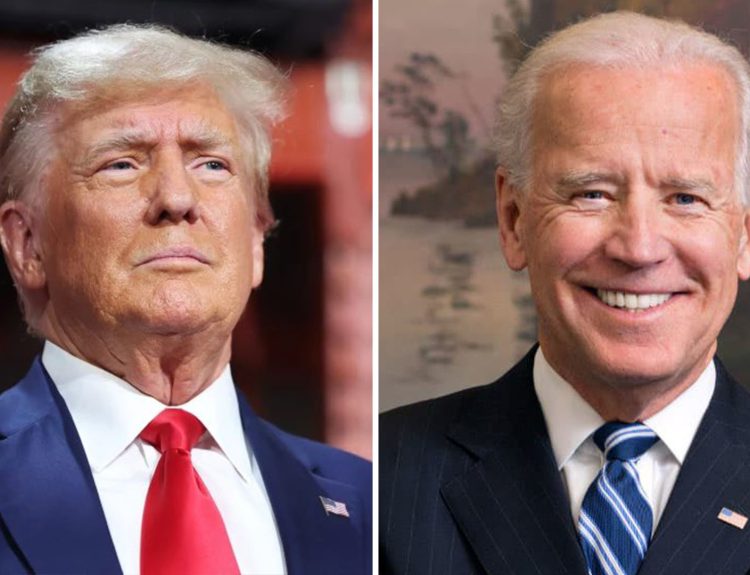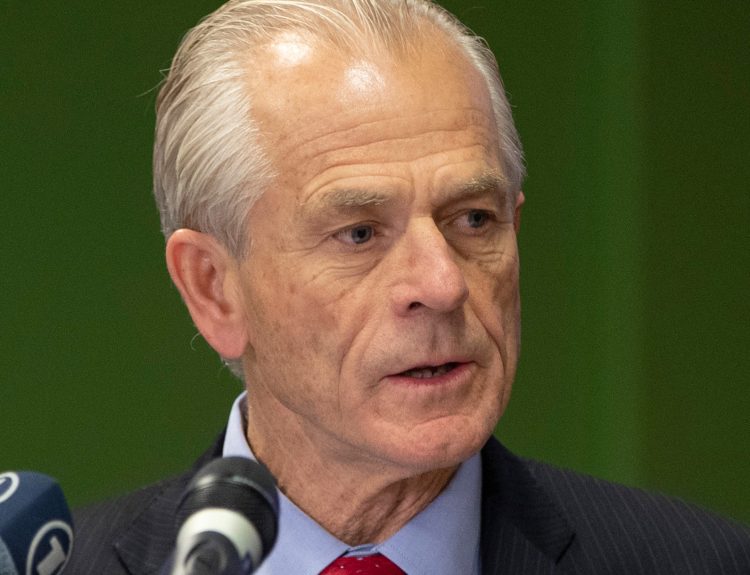The United States is in need of more immigrants. But right now, it does not particularly want them. The country’s fertility rate has dropped far below the replacement level. Take away immigration and the nation’s population will become older and reduce.
Thus, a low population of active workers would need to work more to supplement a large population of retirees. As such, growth would stall, productivity would fall and deficits would rise.
Immigration Surge Bolsters US Economy: CBO Report
The Congressional Budget Office (CBO) recently illustrated these facts. In their recent report, the CBO reported that America’s gross domestic product would be $7 trillion higher. The federal deficit also stands at $1 trillion lower – than it had previously expected. And we have the surge in immigration in 2023 to thank for that.

Because of this surge in new arrivals, the US is expected to have 5.2 million more workers than previously projected by 2033. This will in turn increase the amount of goods and services the economy can produce and improve the nation’s ratio of laborers to retirees.
Political Support For Immigration Dips
However, as the case for increased immigration has become stronger, the political push for it has dipped. In Gallup’s polling last year, 41% of Americans would prefer a drop in immigration levels compared to 28% in 2020. By contrast, only 26% of 2023 respondents were in favor of an immigration increase.
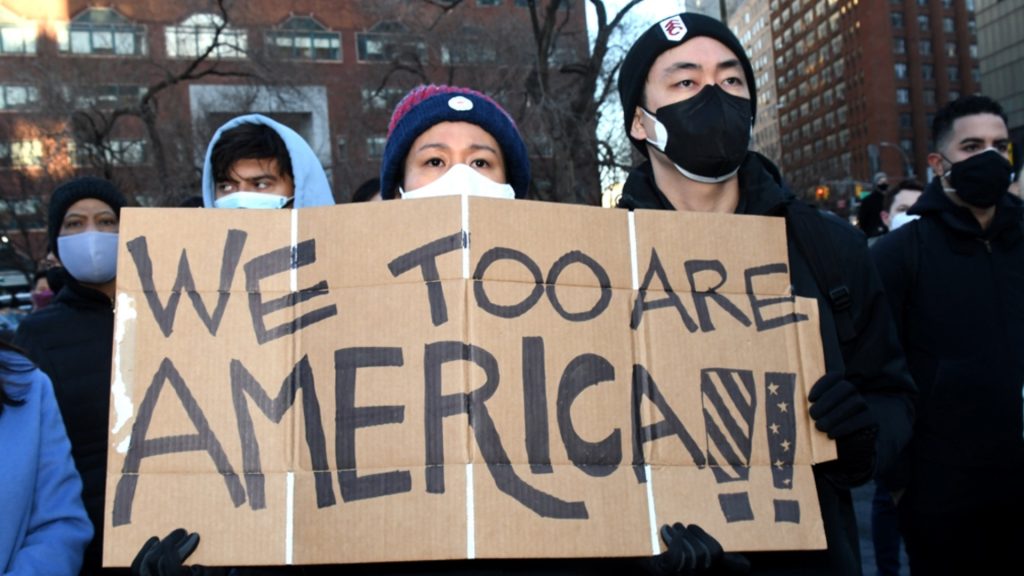
This restrictionist mood is reflected in polls focusing on the 2024 presidential race. In a recent Bloomberg News/Morning Consult survey, voters said they trusted Trump over Biden on immigration. Trump led by a whooping 22-point margin, 52 to 30 percent.
Immigration Tension: Economic Need vs. Backlash
There’s tension between the economic need for immigrants and political backlash against it. This tension is common in virtually all wealthy countries. The world’s 15 largest economies all have below-replacement fertility rates and aging populations. Yet a good number of those countries have recently imposed new immigration restrictions.

Overcoming this backlash is of utmost importance. The future of America cannot be secured without promoting more pro-immigrant politics.
Asylum Challenges Complicate Liberal Strategy
Precisely how liberals can do this is hard to explain. Much of today’s fallout is because of the odd challenges of asylum laws. 2.9 million people applied for asylum in 2023, the most since 2000, according to the United Nations. In 2023, another 1.7 million for asylum.
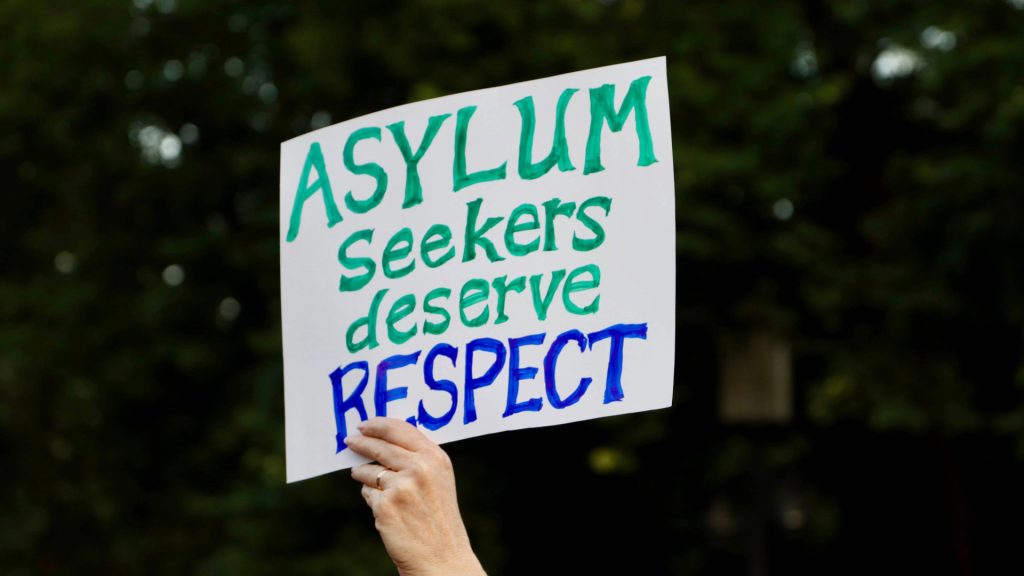
A surge in asylum claims causes difficulties that an ordinary increase in immigration doesn’t. The government can determine the number of documented immigrants they allow annually. However, their influence over the number of asylum seekers and their profiles is limited.
State Struggles With Asylum Seekers
Also, documented immigrants also have the right to work. They do not place any burdens on a nation’s judicial system or economic resources either as their legal status doesn’t need to be adjudicated.

On the other hand, asylum seekers are denied work permits until there’s a final verdict on their cases. During this wait, the cities where they live have to cater for their well-being and this places a strain on their resources.
Asylum Strain Pushes Politics Rightward
Chicago and New York City have struggled to maintain social services for their local residents because of the large influx of asylum seekers. Per the mayor’s office, NYC has spent $1.4 billion on caring for migrants. As a result, immigration politics in the Empire State have turned rightward.

In an ideal world, liberals could help in solving these issues. Increasing opportunities for immigration is one solution. Investing in more robust systems to screen, reset, and integrate asylum seekers is another. But in our actual world, Democrats can’t even get Republicans to support their party’s proposed reforms on asylum processes.
Housing Policies Shape Immigrant Perception
The restrictive zoning laws in many democratic cities limit the construction of houses. This creates a situation in which immigrants become a threat to the economic interests of native-born residents. If the country is more welcoming to immigrants, there’s a need to make cities’ housing stock more fitting for immigrants.
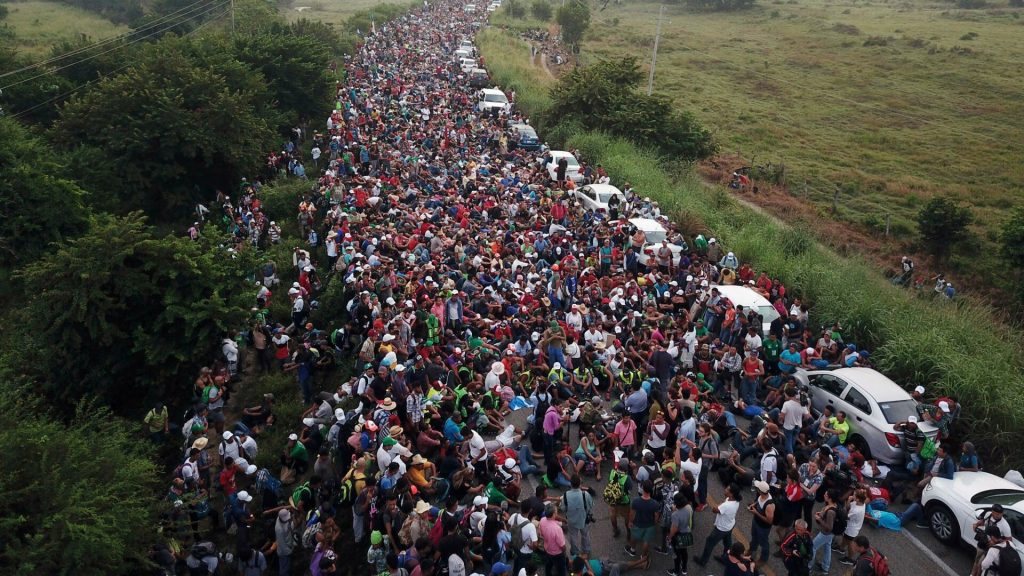
Of recent, commentators from both sides have questioned the economic benefits of immigration. They claim that Americans profit from tight labor markets as this forces firms to bid against each other for a scarce pool of workers.
Debunking False Claims On The Impact Of Immigrant Labor
By this theory, large inflows of immigrant laborers reduce the bargaining power of native-born workers. This in turn lowers wages and increases unemployment. While this may be true in specific industries, there’s little basis for believing that it holds true for the whole economy.
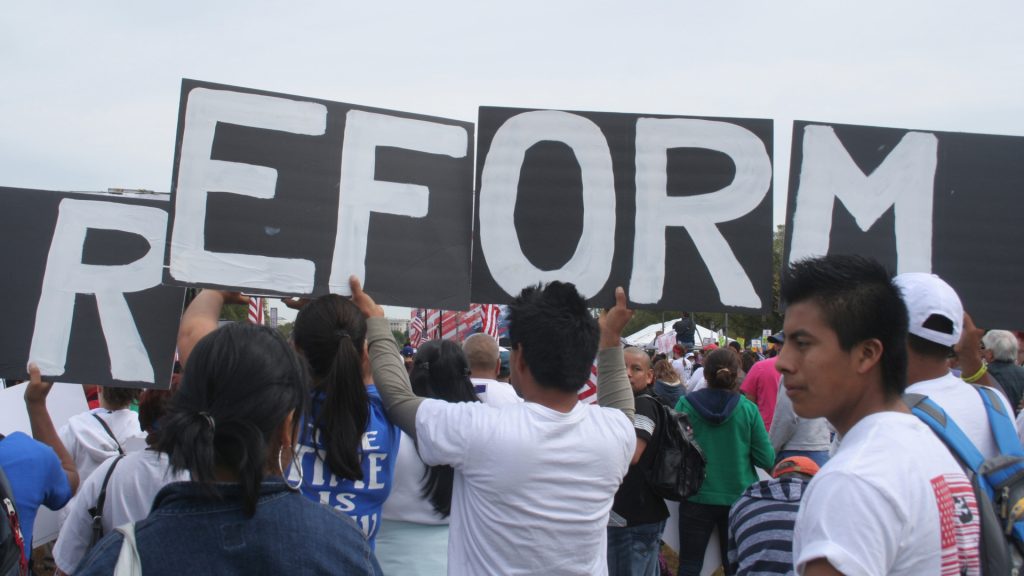
The tightness of labor markets is not determined by the supply of labor alone. If this were true, then America’s median wage would have dipped and the employment rate should have increased over the 20th century.
Economic Stimulus: Impact On Immigration Dynamics
However, this wasn’t so during the baby boomers’ mass entrance into the labor force. This is because the labor market is affected by the demand for labor. Immigrants may increase the size of the workforce, but they also boost demand for goods and services. Fiscal policies shape the balance between labor demand and supply more than immigration admissions do.
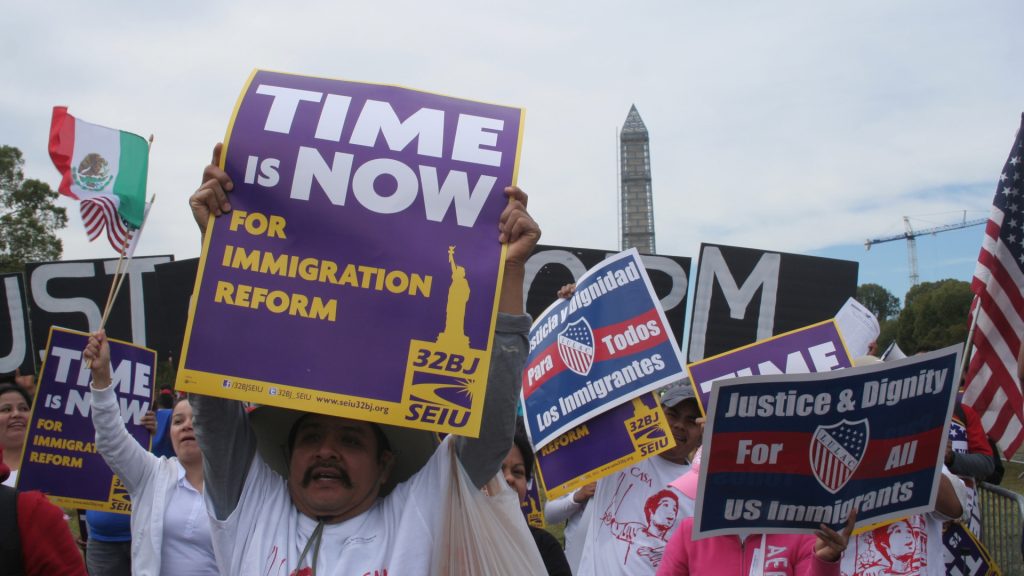
If you understimulate the economy, it could cause high unemployment. This will be due to a mass exodus of immigrant workers. If you up government spending, it can cause low unemployment amid a large increase in immigration (as we’ve seen post-COVID).
Impact Of Immigration On The Housing Market
For these reasons, a good number of studies and meta-analyses have found that immigrants do not limit job openings for local residents. But rents and home prices are another story.
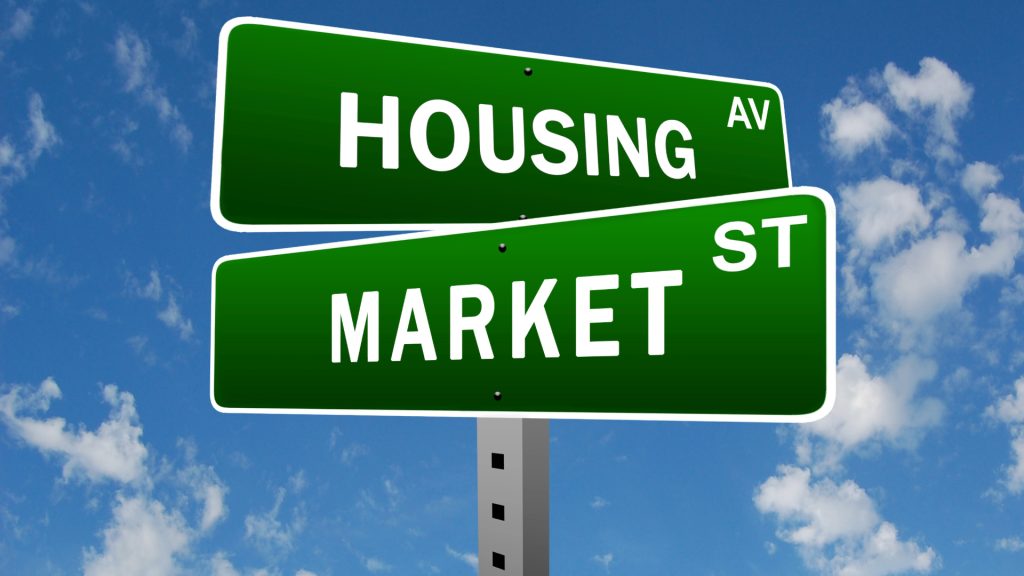
In principle, there is no reason why the increase in immigrants should increase the cost of shelter. Immigrants need homes, yes – but they are also likely to work in the construction industries. This then increases the economy’s home-building capacity. The problem arises when governments limit the supply of housing from rising in line with demand.
A Closing Note
Municipal governments have made it illegal to build an apartment on about 75% of the country’s residential land. There are many households eager to rent or buy an apartment, and developers eager to provide them. But zoning restrictions have barred such trades from taking place thus creating a housing shortage.
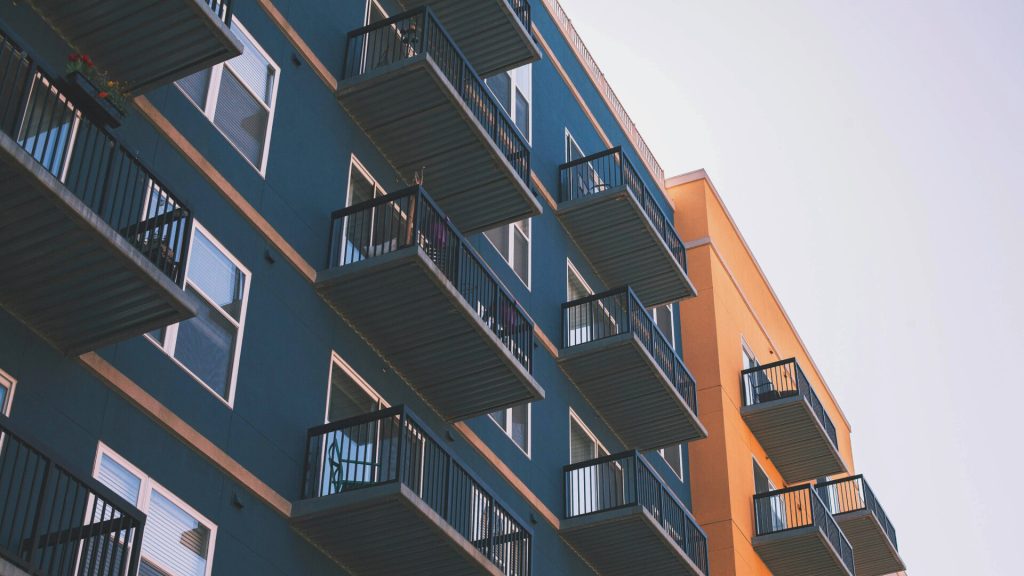
Even with no major economic concerns, the push for pro-immigration policies is hard. Add concerns over housing costs and it becomes difficult for the most pro-immigration societies to avoid a nativist backlash.




